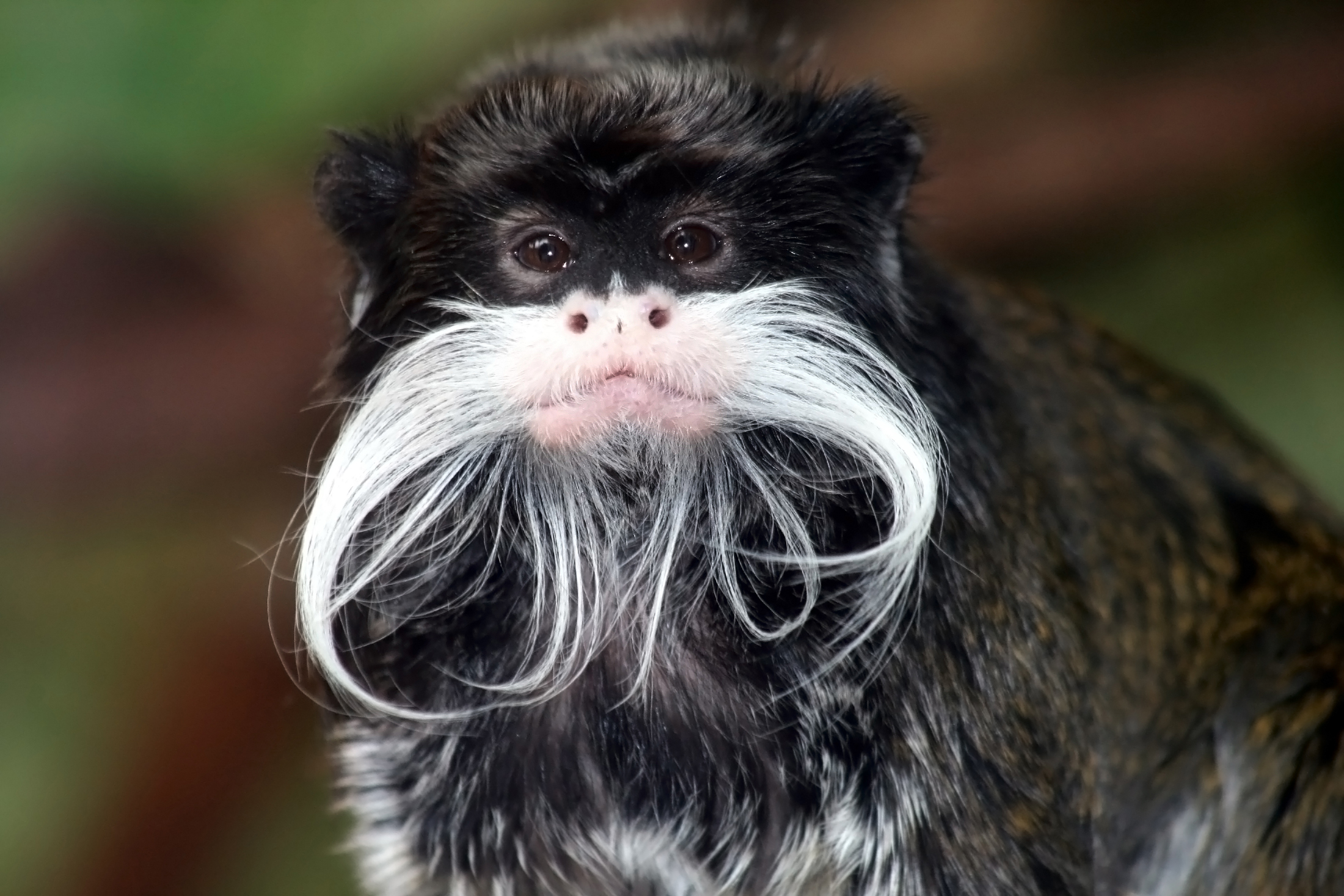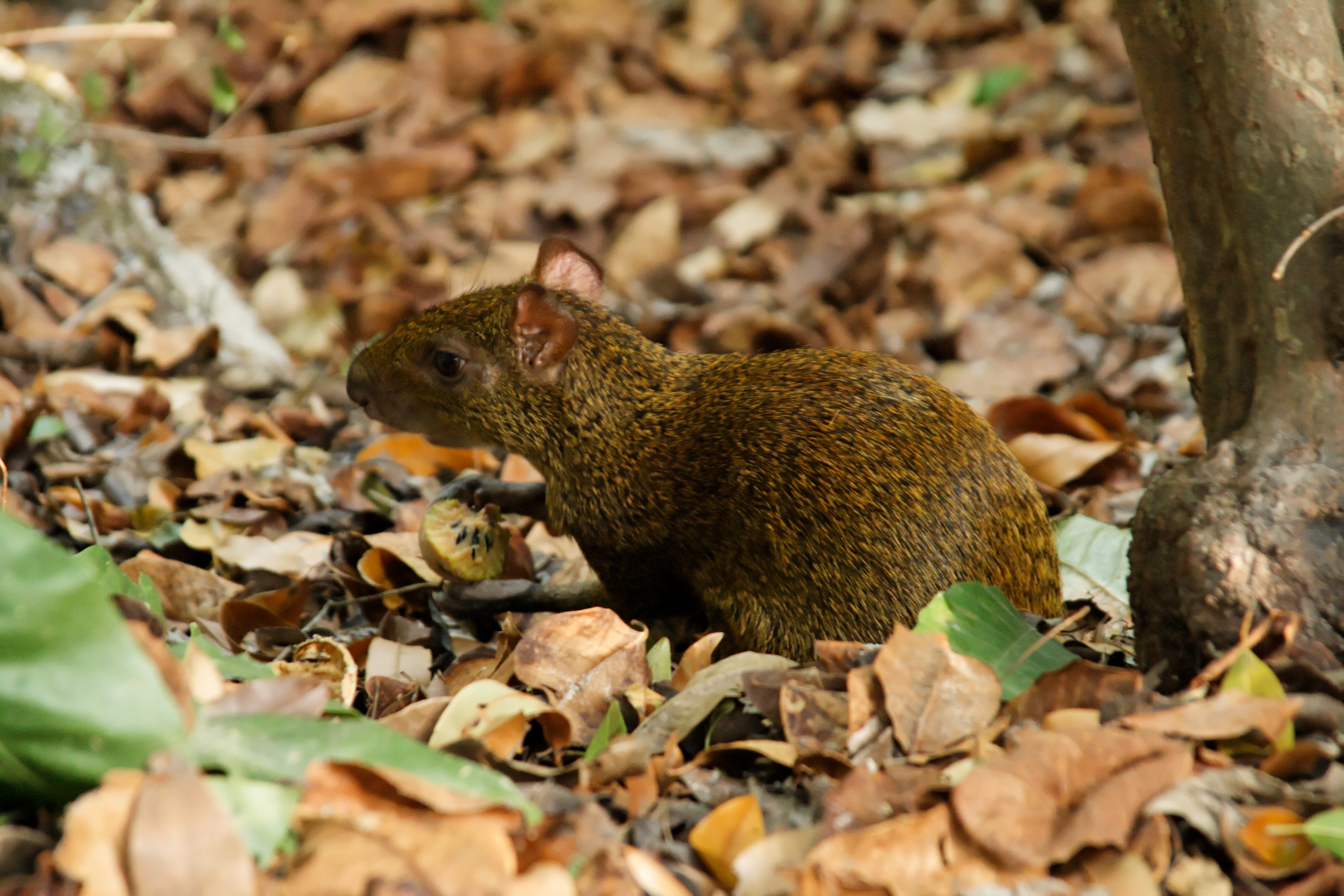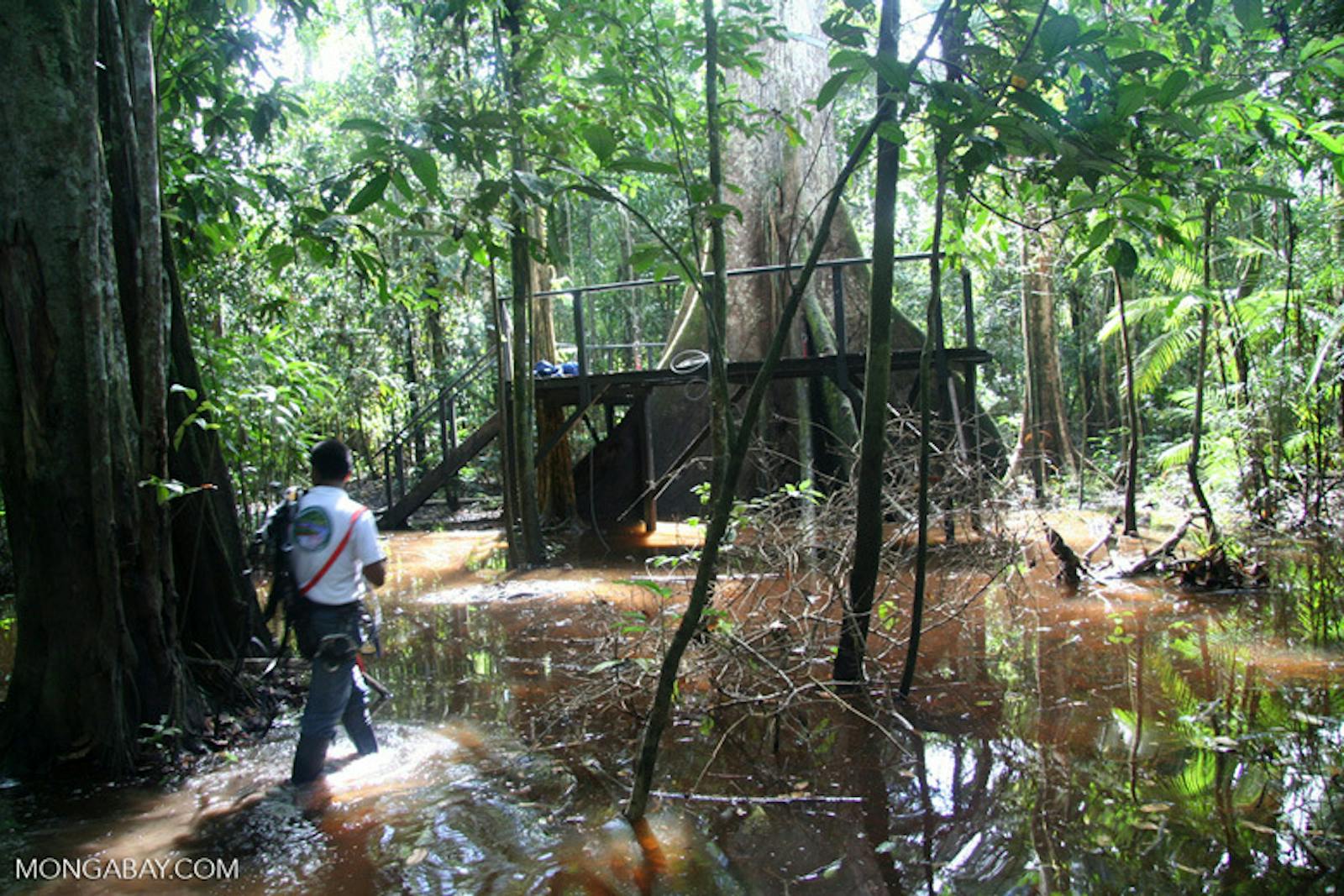Purus Várzea
The ecoregion’s land area is provided in units of 1,000 hectares. The conservation target is the Global Safety Net (GSN1) area for the given ecoregion. The protection level indicates the percentage of the GSN goal that is currently protected on a scale of 0-10. N/A means data is not available at this time.
Bioregion: Central Amazonian Forests (NT19)
Realm: Southern America
Ecoregion Size (1000 ha):
17,794
Ecoregion ID:
496
Conservation Target:
93%
Protection Level:
5
States: Brazil, Colombia, Peru
The Purus Várzea ecoregion in Brazil is the last remaining habitat for the endemic primate, the bald uakari. As its name suggests, this almost blond, long-haired monkey is almost entirely bald in the head, revealing its bright crimson face, which is believed to be a sign of good health and, therefore, important for the sexual selection of successful mates. The bald uakari is often spotted by travelers along rivers, eating fruits high up in the canopy or leaping over seemingly impossible wide gaps between trees. Their survival in the várzea forests is threatened by habitat loss and hunting.
.jpg)
The flagship species of the Purus Várzea ecoregion is the bald Uakari monkey. Image credit: 52067655 © Jesse Kraft|Dreamstime.com
This ecoregion in Brazil comprises portions of the low, seasonally flooded river basins of the central Amazon, including the Solimões River, Amazon River west of Manaus in Brazil, much of the Juruá, central Purus, and Japura/Caquetá Rivers, as well as their smaller tributaries. The eastern limit of this ecoregion lies at the confluence of the Japura and Solimões Rivers. These flooded forests are called várzea because they are seasonally flooded by overflow from whitewater rivers.
The elevation along this region ranges from 80 to 120 m. The region receives a mean annual precipitation of 2,500 mm, and the mean temperature year-round is 29°C, but daily temperature variation is high. The rivers swell and overflow their banks each year from heavy seasonal rainfall, leaving the surrounding forest 6 to 12 m underwater for periods of up to eight months each year.

Emperor tamarin. Image credit: Brocken Inaglory, Creative Commons
On the várzea, four vegetation types are defined by the present and historical influence of the flood cycle. Three are floodplain meanders, all resulting from the instability of the river courses: 1) sequences of successional vegetation, 2) forest mosaics, and 3) aquatic vegetation in poorly drained areas. The fourth type is permanent swamp vegetation in flooded river basins. The várzea forest performs critical ecological functions by rapidly cycling nutrients, hosting a great diversity of freshwater fish and aquatic mammals, stabilizing the flooded soils and landscapes, and perhaps providing a source of new taxa that colonize the surrounding terra-firme.
The Purus Várzeas are rich in species. There are many economically important tree species, such as the timber trees mahogany, Kapok tree, and Capirona spp. Palms are relatively rare in these várzeas but include a few common palms like murumuru, and moriche palm.
In the region as a whole, 633 species of birds are reported. There are many aquatic species, such as herons, egrets, ducks, ibis, and rosette spoonbills. The mammal fauna consists of 199 reported species for the region. The Mamirauá Reserve is home to the two narrowly-distributed endemic primates—the white uakari and blackish squirrel monkey. The freshwater mammals are pink dolphins, grey dolphins, and manatees. Reptiles include anacondas, black caimans, and spectacled caimans.

Central America agouti. Image credit: Pierre Benard, Creative Commons
Very large fish live in these whitewater rivers and during the flood season, they roam through the flooded forest eating and dispersing fruits from the floodplain trees. These fish include the Metynnis spp., Mylossoma spp., tambaqui, pirarucu, dusky narrow hatchetfish, and the smaller carnivorous piranha. Many beautiful aquarium fish come from these rivers, including the discus fish, cichlids, assorted characins, tetras, and many catfish.
Today, small-holder farmers use the várzea for agriculture and forestry, and their systems tend to be biologically diverse agroecosystems. Small-scale ranching and extractive logging occur as well. Nevertheless, the ecoregion only retains about a third of its original forest habitat and today is dominated by degraded and deforested habitat, usually the result of large-scale logging and cattle farming. A large corridor of protected areas linking the Mamirauá Sustainable Development Reserve, Amanã Sustainable Development Reserve, and Jaú National Park protects one of the most diverse aquatic ecosystems on Earth.
The priority conservation actions for the next decade are to 1) cease large-scale exploitive industries such as commercial fishing, gold mining, cattle ranching, commercial logging, and other exploitive industries within the seasonally flooded forest and other sensitive habitats, 2) encourage local sustainable development by including local residents and other users of the várzea resources in the administration, management, and educational programs in the conservation areas, and 3) conduct further research to study the population dynamics and basic ecology of floodplain trees and animals to inform conservation planning.
-
-
1. Sears, R.,R. Lemos Sa. 2018. Northern South America: Northern central Brazil. https://www.worldwildlife.org/ecoregions/nt0156. 7 September 2018.
2. Ayres, J. M. 1995. As Matas de Várzea do Mamirauá: Médio Rio Solimoes. CNPq, Brasília, DF|
3. Daly, D. C., and J. D. Mitchell. 2000. Lowland vegetation of tropical South America. Pages 391-453 in D. L. Lentz, editor, Imperfect Balance: Landscape transformations in the Precolumbian Americas. New York: Columbia University Press. -
Cite this page: Purus Várzea. Ecoregion Snapshots: Descriptive Abstracts of the Terrestrial Ecoregions of the World, 2021. Developed by One Earth and RESOLVE. https://www.oneearth.org/ecoregions/purus-varzea/
-



